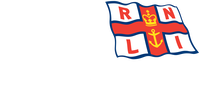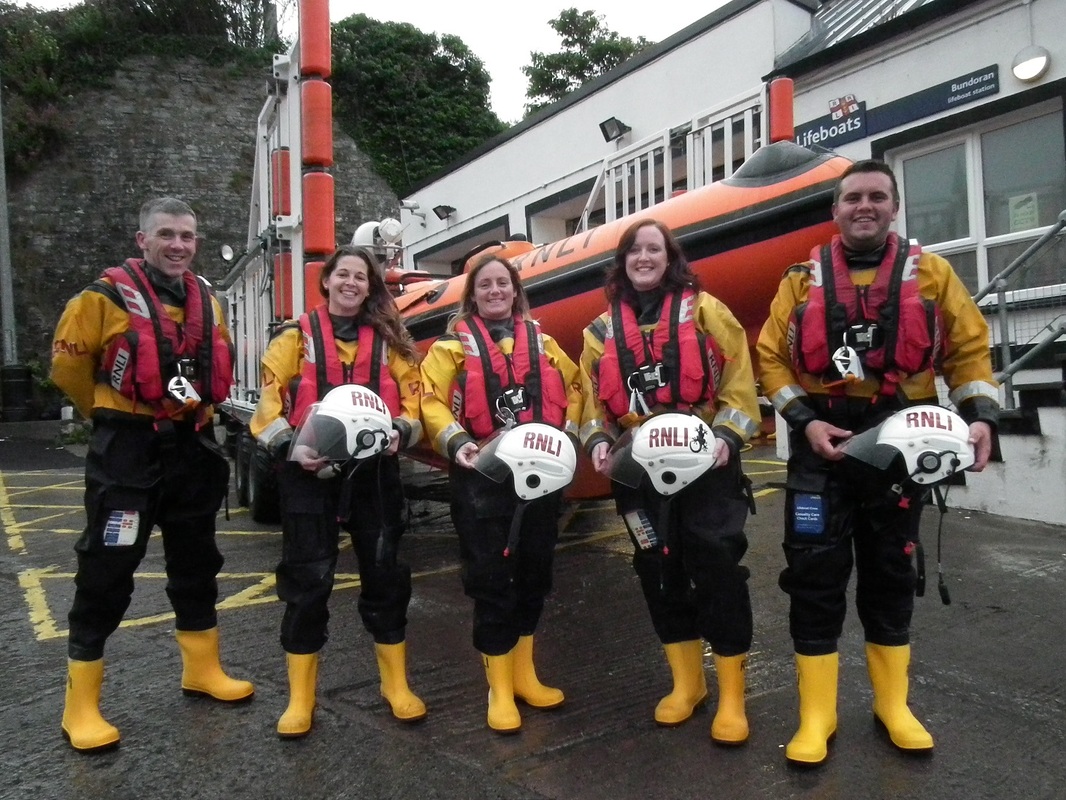Prospective Crew: Joining the Crew at Bundoran Station
Roles at Bundoran Station
Joining the Crew at Bundoran
Imagine for a moment that you’re part of the crew on a lifeboat. It’s 2.30am on a freezing January morning and the pager’s just woken you from a deep sleep in a snug warm bed. You then head out to sea in complete darkness and 4m waves rise and fall around you, ready to swamp you at any moment. Strong gale force winds throw the lifeboat around like a toy. A yacht is in difficulty 8 miles out to sea!
Still want to volunteer? Read on… At Bundoran station, our crew members need to:
Being part of a lifeboat crew is a major commitment, which could include risking your life. Your commitment isn't only measured in the time spent involved in rescues. Increasingly, new equipment and faster boats mean that regular training programmes also account for much of your spare time. You may also be asked to help show visitors around the station and with local fundraising.
What's in it for you?
The RNLI provides first class training and equipment, guidance and support. Volunteering with us offers you the opportunity to make a difference in your local community, to save lives and be part of the larger RNLI family. We can offer you one of the most exciting and fulfilling volunteer roles available.
|
Trainees in 2014 with Lifeboat Training Coordinator
MedicalYou are unlikely to meet the RNLI’s requirements for colour vision/visual acuity if:
Eyesight Test
Due to the extreme conditions of going to sea, you are unlikely to be issued with an RNLI medical certificate if:
|



